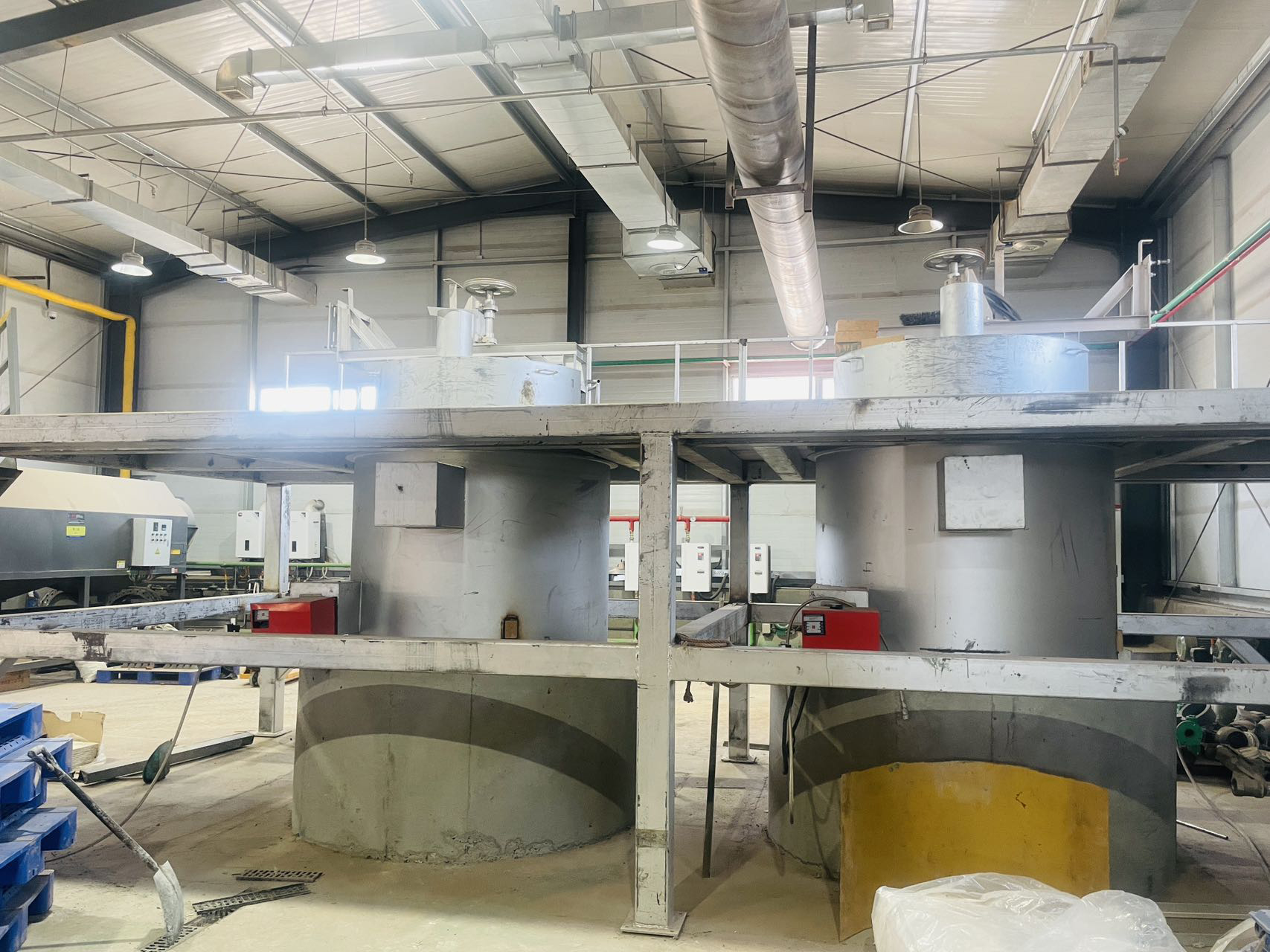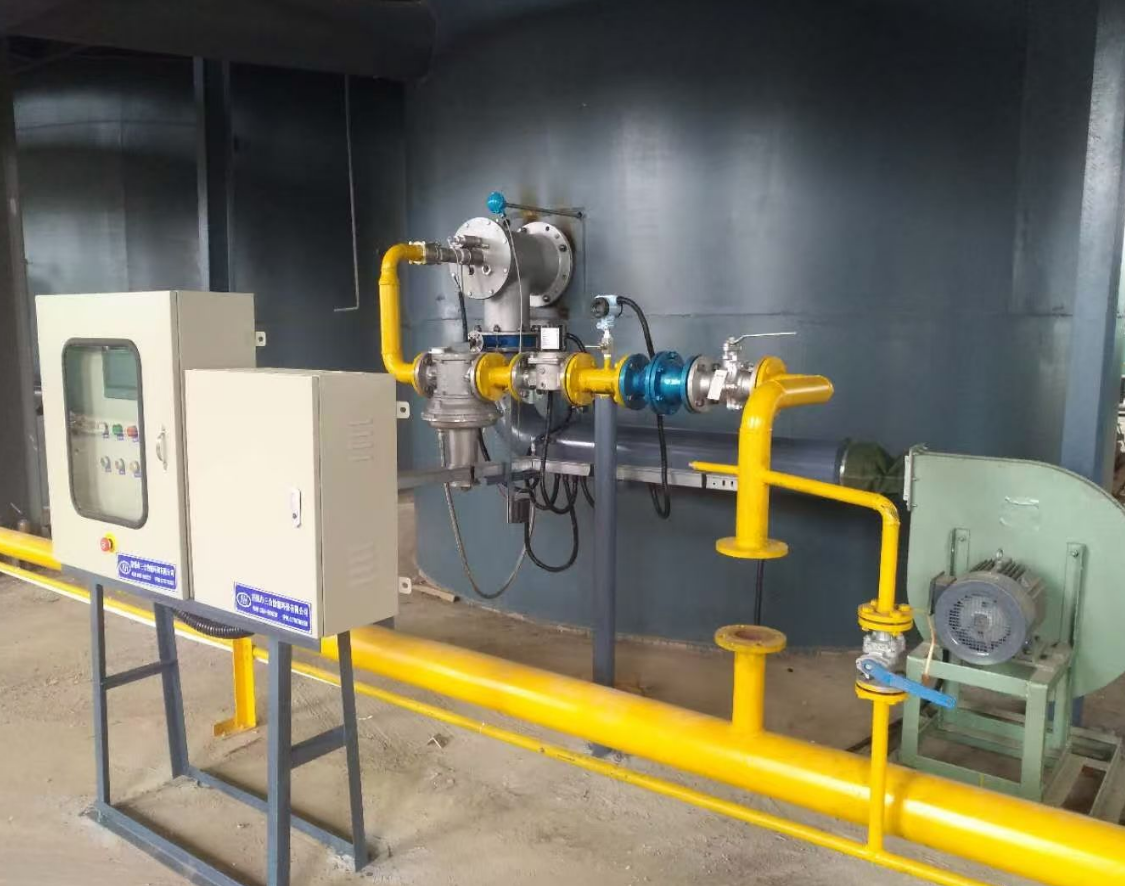Working Temperature of Lead Smelting Refining Furnaces and Selection of Burner Gas Power
The working temperature of lead smelting refining furnaces and the selection of burner gas power should be determined based on specific process requirements and furnace design. The following provides general guidance:
1. Refining Furnace Working Temperature
Crude Lead Refining Temperature**: Typically **450–650°C
Copper Removal Stage (sulfur addition for copper removal): **450–550°C
Alkali Refining (for removal of arsenic, antimony, etc.): **600–650°C
Electrolytic Refining Lead Melting Pot**: Approximately **350–400°C** (to maintain lead fluidity).
Special Processes (e.g., oxidative refining): May briefly reach **800–1000°C** (requires refractory material support).

2. Burner Gas Power Selection
The burner power (thermal load) depends on the **furnace chamber volume, amount of molten lead, heating rate, and heat loss**. It should be determined through thermal balance calculations. The following estimation method can be used:

Key Parameters
- Specific Heat Capacity of Molten Lead: 0.13 kJ/(kg·°C)
- Latent Heat of Melting: Approximately 23 kJ/kg
- Thermal Efficiency (Gas Furnace): Typically **40–60% (affected by flue gas and furnace body heat loss).
Power Estimation Formula
P=η⋅tm⋅c⋅ΔT+m⋅L
P: Burner power (kW)
m: Mass of molten lead (kg)
c: Specific heat capacity (kJ/(kg·°C))
ΔT: Temperature rise difference (°C)
L: Latent heat of melting (if applicable, kJ/kg)
η: Thermal efficiency (e.g., 0.5)
t: Heating time (seconds, e.g., 1 hour = 3600 seconds).
Example Calculation
Assume processing 1 ton of lead (1000 kg), heating from 25°C to 600°C, taking 1 hour, with a thermal efficiency of 50%
P = \frac{1000 \times 0.13 \times (600 - 25) + 1000 \times 0}{0.5 \times 3600} \approx 41.5 \text{ kW}
(Note: Latent heat of melting is not included. If melting solid lead, the power needs to be increased.)
Practical Selection Recommendations
- Small Furnaces (1–5 tons of molten lead): **50–200 kW**
- Medium Furnaces (5–20 tons): **200–500 kW
- Large Furnaces (over 20 tons): **500–1000 kW
3. Burner Selection Considerations
- Fuel Type: Natural gas, liquefied gas, or diesel, must match the burner design.
- Turndown Ratio: Prefer a high turndown ratio (e.g., 1:10) to adapt to different heating/insulation stages.
- Temperature Control Accuracy**: Requires PID control to ensure within ±5°C.
- Safety Measures: Explosion-proof design, flameout protection, flue gas oxygen content monitoring.
4. Other Influencing Factors
- Furnace Body Insulation: Refractory materials (e.g., ceramic fiber) can reduce heat loss and lower power requirements.
- Flue Gas Waste Heat Utilization**: Preheating combustion air can improve efficiency by 10–15%.
It is recommended to consult burner suppliers and perform detailed thermal calculations based on specific furnace parameters.

 Working Temperature of Lead Smelting Refining Furnaces and Selection of Burner Gas Power-Blog-battery recycling machine,Jiangxi Mingxin
Working Temperature of Lead Smelting Refining Furnaces and Selection of Burner Gas Power-Blog-battery recycling machine,Jiangxi Mingxin